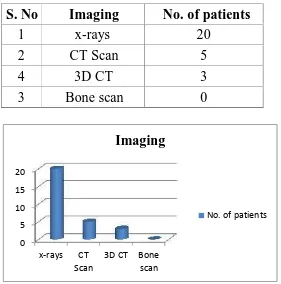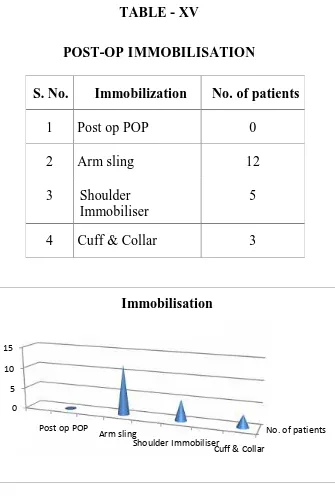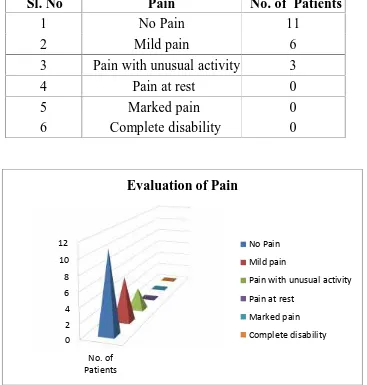A Prospective and Retrospective Analysis of Functional Outcome of Proximal Humeral Fractures Treated with Proximal Humerus Internal Locking Osteosynthesis System.(PHILOS)
Full text
Figure
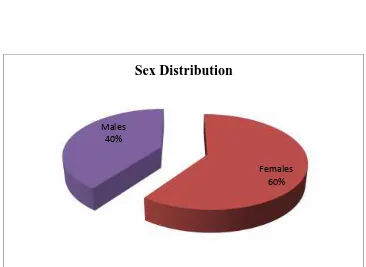


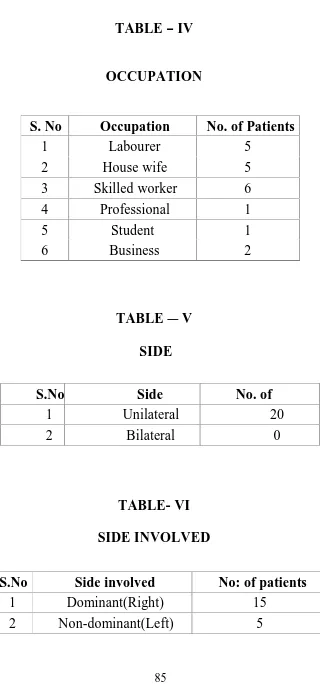
Related documents
The initial steps of transforming the thinking of management from a problem-orientation led to a discovery process and the foundation for ongoing positive change and high
G-CSF-producing gastric ASC has two poor prognos- tic factors, namely, the squamous cell component of the tumor and the G-CSF production.. Although the inci- dence of
Proximal humerus internal locking system (PHILOS) is a fixed angle devise, anatomical plate which fits with the proximal humerus anatomy and has a locking screws
To conclude, fixed angle plate (PHILOS) is a preferential implant in proximal humerus fractures due to angular stability, particularly in comminuted fractures in younger
11 Hence the present study was conducted to evaluate the clinical and functional outcome of the proximal humeral internal locking system (PHILOS) technology in
The aim of the present study is to evaluate the functional outcome of displaced proximal humerus bone fractures that are surgically managed by locking compression plate and
9 This study is conducted to evaluate the results in terms of functional outcome of proximal humeral fractures treated by anatomic locking compression (PHILOS-
Methods: This is a prospective study comprising of 30 patients with fractures of proximal humerus were treated by open reduction and internal fixation with locking compression

